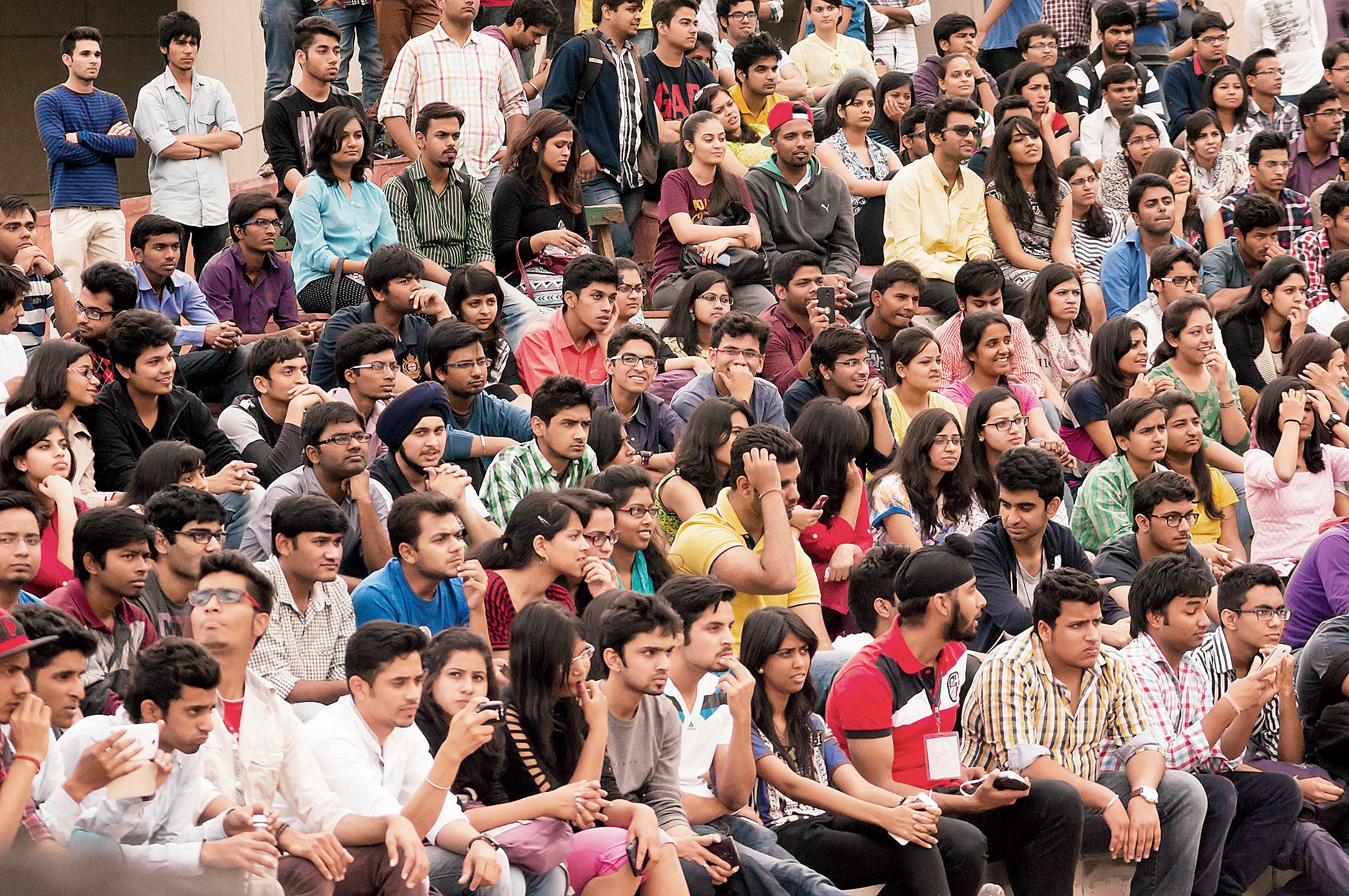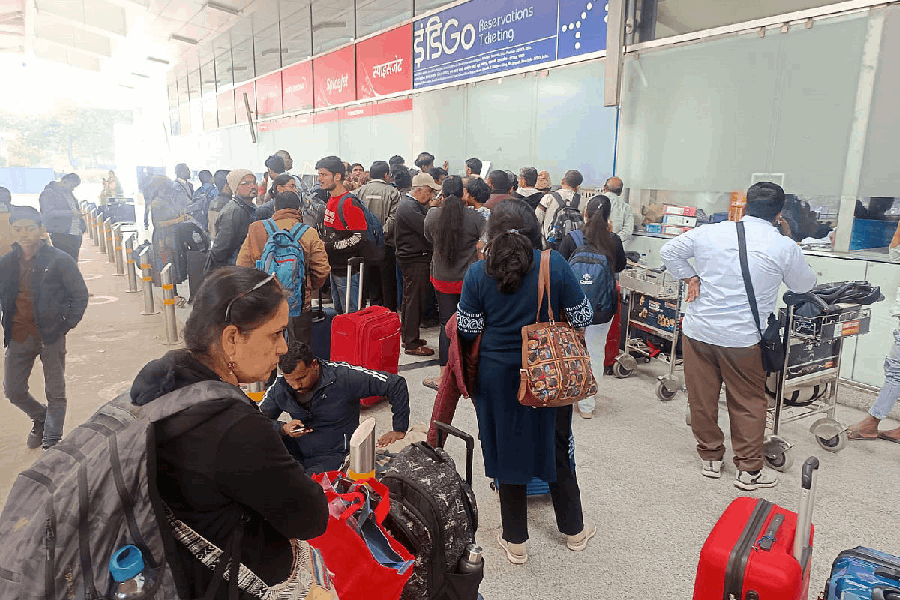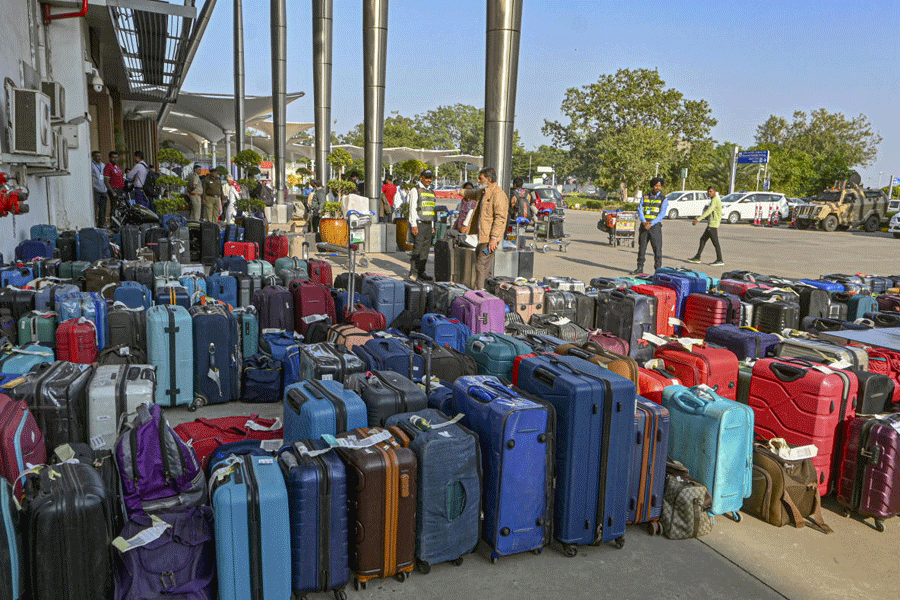Last month, while countries around the world started to shut down schools, markets, workplaces and prohibit public gatherings in response to the rapidly spreading Covid-19 pandemic, the UK government mooted the strategy of “herd immunity” to combat it. On March 13, Britain’s chief scientific adviser, Sir Patrick Vallance, said that more than half of the UK’s population of 66 million would have to contract the coronavirus for society to build up immunity against it. In an interview to Sky News, he said,“Communities will become immune to it and that’s going to be an important part of controlling this longer term. About 60 per cent is the sort of figure you need to get herd immunity.”
Simulations of the outbreak by scientists at Imperial College London, however, showed that an attempt to bring about herd immunity by allowing the disease to run rampant would overwhelm hospitals in the UK. The government then opted to introduce social distancing measures.
According to most emerging epidemiological models, using herd immunity to fight the Covid-19 pandemic could be disastrous. While it is true that in ancient times it was herd immunity that helped epidemics end, it was always a risky, default approach. It relied on people getting sick in the hope that their immune system was strong enough to fight the illness and recover. Those who survived became immune to the disease and the outbreak fizzled out as the germ found it increasingly difficult to find a susceptible host. That was how groups or a “herd” of people got immunised, by default. But epidemics of plague and smallpox wiped out nearly half the global population before herd immunity developed.
“The risk of adopting the herd immunity strategy is that you are encouraging more people to get infected,” says Koustubh Panda, head of the biotechnology department in Calcutta University. “You allow the young and those with a robust immunity (the immunocompetent) to take the infection while protecting the old and those with a vulnerable immune system (the immunocompromised) in isolation,” he adds. Once our immune system learns to recognise the coronavirus after uncontrolled exposure to it, we can produce antibodies to ward off the virus.
The point at which a population reaches herd immunity is mathematically related to the germ’s propensity to spread, expressed as its reproduction number or R0. Dr Arindam Basu, professor of epidemiology and evidence-based health at the University of Canterbury in New Zealand, explains, “Herd immunity (or community protection) happens due to a property of a developing epidemic referred to as R-nought (or R0). It is the number of people who can be infected by an affected person.”
Herd immunity is expressed as: C = 1 - 1/R0 where C stands for herd immunity and R0 for basic reproduction number. “In case of Covid-19, R0 is about 2.4,” he says. Based on the equation, the percentage of people who have to be immune to the virus so as to protect the rest is roughly 58 per cent. The larger the R0 — that is the more people a patient can infect — the higher the percentage required for herd immunity. Measles, one of the most infectious diseases with an R0 of nearly 15, requires 95 per cent people to be resistant for unprotected people to get herd immunity advantage. This is the reason new outbreaks can start when even small numbers of people opt out of the vaccination programme.
The best way to develop herd immunity, according to Dr Basu, is through vaccination. This rapidly builds herd immunity in the susceptible population. What this means is that even people who aren’t vaccinated are protected because the immune people around them act as a buffer between them and an infected person. Once herd immunity has been clearly established and the spread of the disease hindered, the disease can eventually be eliminated. Smallpox, for example, was eradicated through a mass vaccination programme.
“But depending on herd immunity as part of public health policy against an ongoing infection is dangerous and unethical,” says Dr Basu. First, it is unethical to “wilfully” expose a part of the population to the infection so that others can be protected. And it is particularly dangerous for a virus such as Covid-19 because, while it is believed that young adults are less likely to become critically ill with it, the intermediate and long-term consequences of the disease are unknown. “Also, it is not entirely true that young adults do not develop life threatening consequences, thus exposing any section of the population as part of a healthcare policy is dangerous,” he adds.
Panda of Calcutta University agrees that encouraging herd immunity should not be the policy of choice when a virus spreads extensively, overwhelming the healthcare system. He says, “However, it is our only hope to get rid of the virus permanently in a situation where we don’t have any effective vaccine or proven cure.” He says, “One has to pay a price for tough battles against formidable enemies. Hiding from the enemy cannot give us a permanent solution.” His solution? Injecting antibodies from “immunocompetent people who survive the viral onslaught” into the bodies of “immunocompromised people to help them ward off the virus”.
Dr Basu puts it in perspective. To develop herd immunity in a country like India, it would mean roughly 60 crore people getting infected. “Even with a 1 per cent risk of serious consequences, you are looking at 60 lakh people with serious respiratory illnesses, overwhelming our healthcare system. Even if 1 in 1,000 people infected in the “protecting population” (who will develop herd immunity) were to die from illnesses attributed to Covid-19, it would put over 6,00,000 people at risk of death,” he points out.
Too big a sacrifice, don’t you think? Much better to stay at home and enforce social isolation.










